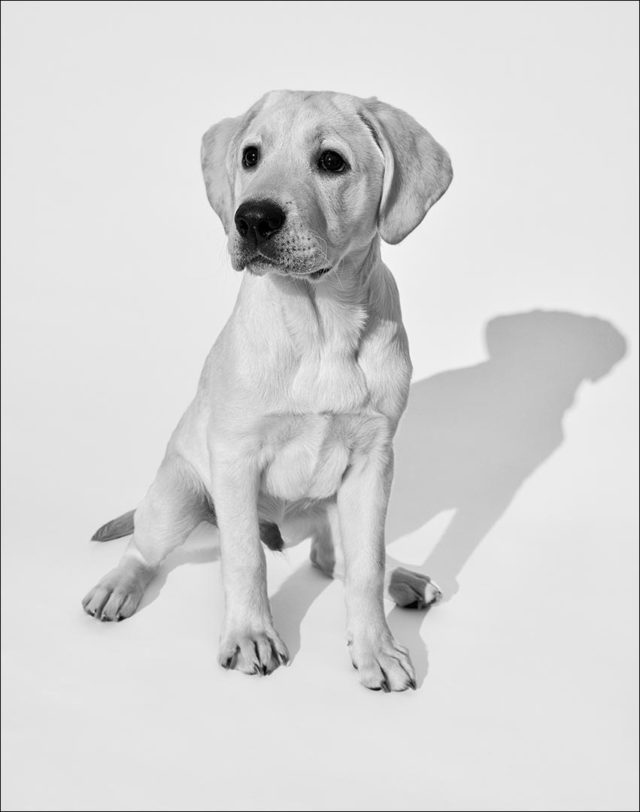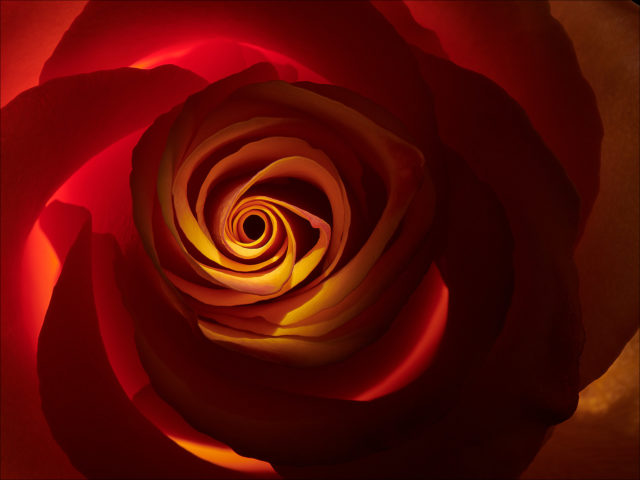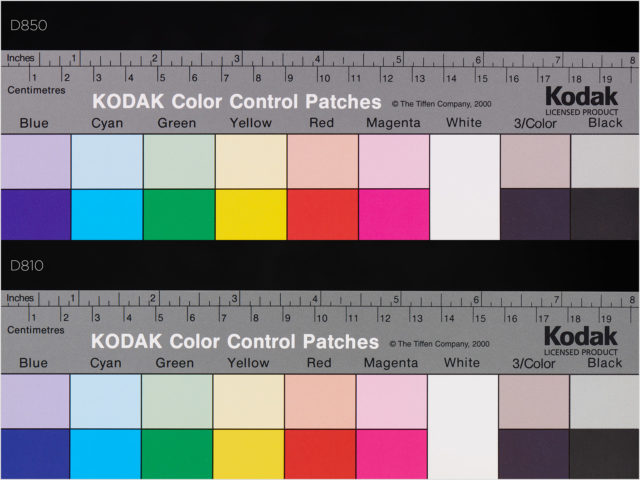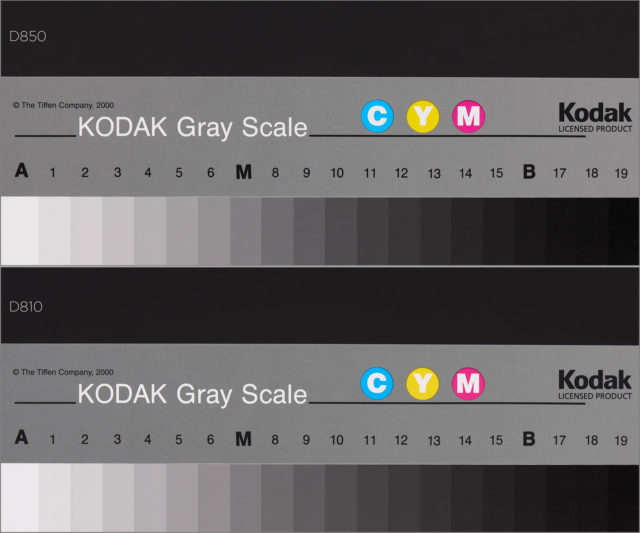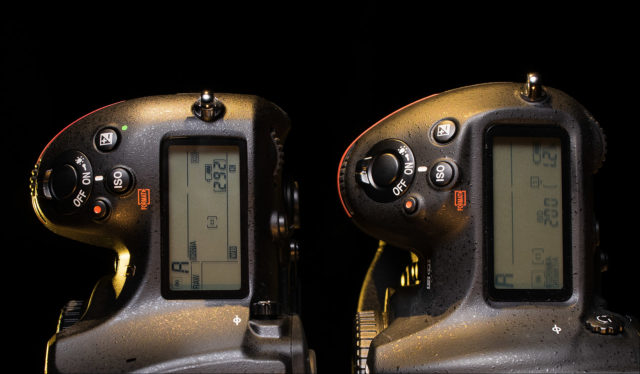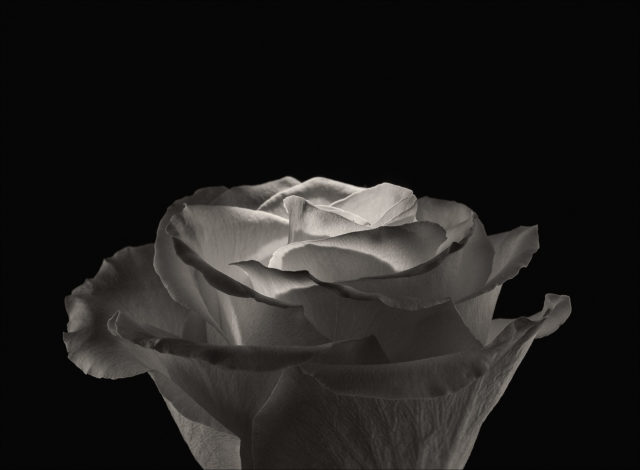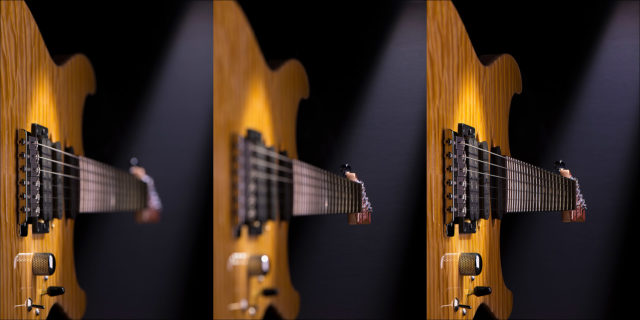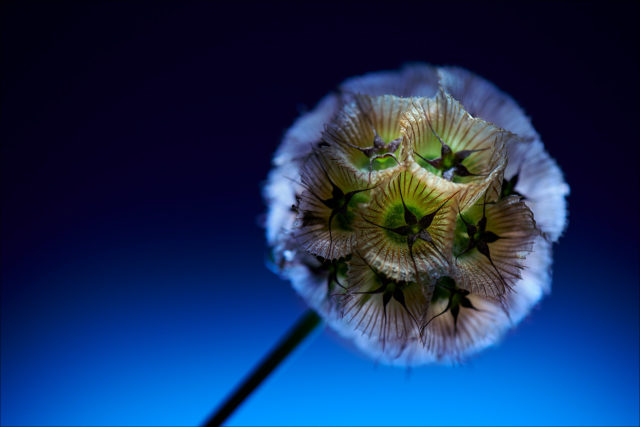When a new camera is released, the main question in my mind is always, “Will it make me a more effective photographer?” In other words, will it give me capabilities that make me more valuable to the people who see and use my pictures? Before I replace what I’m currently using, I need to have that answer.
The only way to know for certain what a camera can do is to test it under controlled, repeatable conditions—and against another known camera as a baseline. The qualities I’m looking to uncover are the unique characteristics of the camera—the look of the images and the way it feels in your hands. The camera is the conduit that connects you to your pictures and everything has to be right.
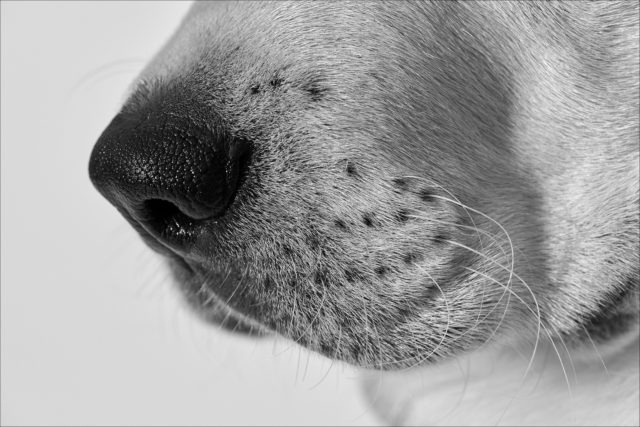
Nikon D850 | AF-S VR Micro-Nikkor 105mm f/2.8G IF-ED | ISO 400 | 1/500 @ f/11
If you wish to see the complete file size and sharpness of the D850, click here to download the full-resolution version of this image. Open the file to 50% or 100% and examine the detail in the hair, the nose, and most especially, the whiskers.
Click to enlarge.
During testing, could I take it out and photograph celebrities, professional athletes, and commercial projects instead of test cards in a studio? Of course. And I will. But I need to know how the camera will respond before I photograph anything critical.
Below are the 7 qualities I was examining in the new Nikon D850 and the results I discovered—plus a feature I wasn’t expecting.
- Is the camera razor sharp with a file size to match?
Absolutely, to the first question, and wow, to the second. It’s undeniably the sharpest camera I’ve ever used. And the file size is simply massive: 260MB in 16-bit. That’s 25.6% larger than the D810. With that kind of file size, I have many more cropping choices and ways that I can use the images. - Does it render accurate color right out of the camera?
Yes. Thankfully, it’s a very close match for the look of the D810—which I already thought was ideal. But, it’s actually a more accurate rendering of colors. When you compare the colors of the Color Control Patches under CIE Standard Illuminant D65 light to those being rendered by the D850, they are nearly identical. - Can it capture a very wide tonal range?
Yes. Greater than the D810, but also smoother. The transitions between the tones are gentler in the histograms that those of the D810—and there’s also more tonal information. This is exactly what you want. You can always tighten up the tonal range for creative reasons using levels and curves, but you can’t create smooth transitions if the information isn’t there to begin with. - Can it work at high ISO settings—allowing me to photograph successfully with less light and in a wider range of circumstances?
Definitely. As I’ve done with previous camera evaluations, I ran through the full ISO range under controlled and repeatable conditions. I settled on ISO 25,600 as the ideal place to compare the D850 to it’s predecessor, the D810, because that’s where that camera began to show both luminance and color noise. The D850 is exponentially superior in handling both. With absolutely no noise reduction applied in-camera or during post, the difference is striking.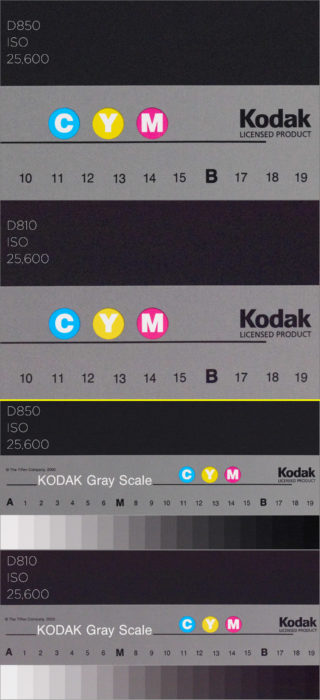
Click here to download the test.
- Does the camera feel comfortable in my hands?
More than ever. This is largely because the buttons I need to access quickly and repeatedly are in the exact same position as my top-of-the-line D5 camera. For example, I change ISO a lot and want to be able to do it without searching for the button. On the D850, I don’t need to remove my eye from the camera to quickly make the change because it’s in the same place as it is on the D5—right next to the shutter release. - Can I customize the camera to work the way I work?
Yes. When I’m shooting, I naturally roll the shutter speed and aperture dials in a specific direction to increase and decrease exposure. It’s also more intuitive for me visually to have the meter display over exposure on the left side of the viewfinder rather than the right. So, using the menu, I set each one up the way that’s best for me. - Are there capabilities I can’t live without?
Yes. Being able to control my SB-5000 Speedlights from the camera using a radio transmitter on my D5 has been otherworldly. It has completely changed the way I use Speedlights and where I use them. Will the D850 control the SB-5000s as well? Absolutely.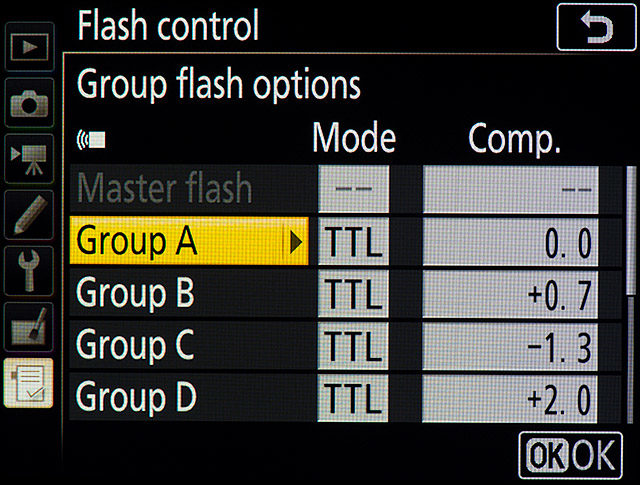 I’ve also fallen in love with the tilt-out screen for low and high-angle shots and using the touch screen to zoom in and out. But the new Silent Photography setting is truly unexpected. It makes it possible to photograph in environments that would be impossible otherwise: Golf backswings, movie sets, sleeping babies. When you release the shutter, there’s no sound at all. Nothing. And, the camera is absolutely motionless in Silent Photography mode which eliminates camera-induced vibration during long exposures and macro work.
I’ve also fallen in love with the tilt-out screen for low and high-angle shots and using the touch screen to zoom in and out. But the new Silent Photography setting is truly unexpected. It makes it possible to photograph in environments that would be impossible otherwise: Golf backswings, movie sets, sleeping babies. When you release the shutter, there’s no sound at all. Nothing. And, the camera is absolutely motionless in Silent Photography mode which eliminates camera-induced vibration during long exposures and macro work. - *Bonus: Can it do something mind-blowing?
It’s probably not obvious at first, but the technique of focus stacking controlled by the camera is incredibly powerful. It makes it possible to essentially have unlimited depth of field. And once you’ve set the parameters in the camera menu, it captures the stack automatically. So, yes, Focus Shift Mode is mind-blowing.
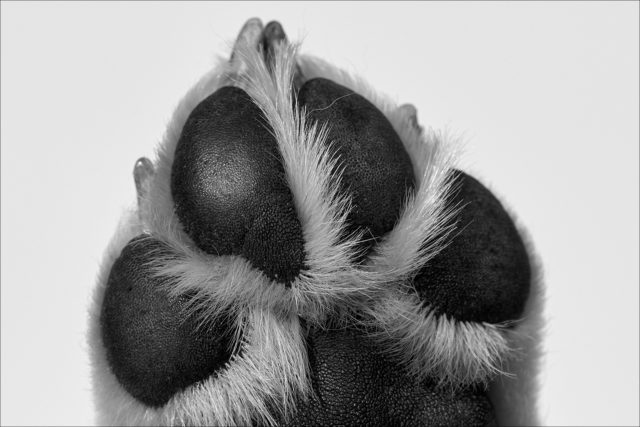
Nikon D850 | AF-S VR Micro-Nikkor 105mm f/2.8G IF-ED | ISO 400 | 1/500 @ f/11
If you wish to see the complete file size and sharpness of the D850, click here to download the full-resolution version of this image. Open the file to 50% or 100% and examine the detail in the hair and the pads of the feet.
Click to enlarge.
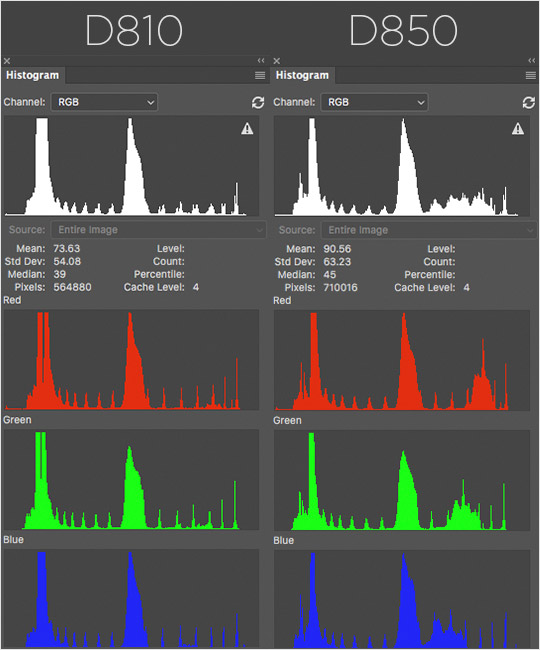
Notice the increased tonal data in the D850 file.
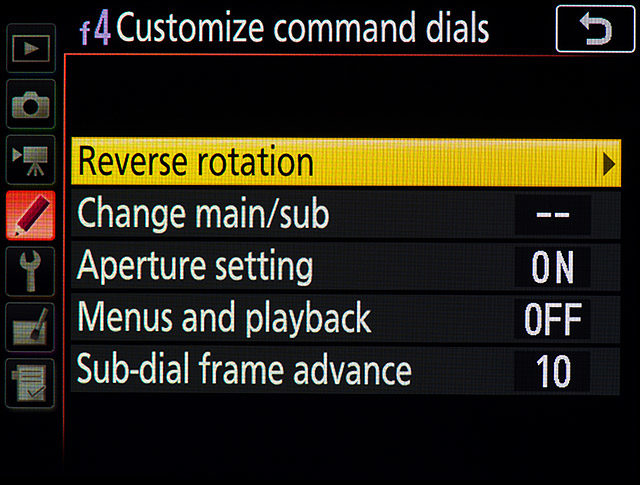

Conclusion: If I were to put the D850 into a single word it would be powerful. The staggering amount of detail in each capture is simply amazing. Combine that detail with the enormous file size and the cropping and printing possibilities become quite extensive. Add the extreme dynamic range and the tonal depth in both color and black and white, and each image becomes a boundless playground while working in your raw processor. Of course, there is much more to examine: 4K video capabilities, the same extraordinary autofocus system as in the D5, 7fps motor drive speed, XQD card option, and more.
I’ve been pretty public about my affinity for the D850’s predecessor, the D810. The quality of that camera was one of the main reasons for my switch to Nikon. So, the D850 had some big shoes to fill. In my view, the D850 takes image quality, ergonomics, and possibilities beyond what I’d hoped they could be. In fact, it carries forward what was amazing about the D810, catapults it further, and gives me capabilities I’ll be using in all of my work going forward.
Joey Terrill is a Los Angeles-based photographer with clients that include American Express, Coca-Cola, Disney, Golf Digest, Major League Baseball, Red Bull, and Sports Illustrated. He teaches workshops and speaks at seminars including the Summit Series Workshops, WPPI, Atlanta Photojournalism Seminar, UPAA Symposium, World in Focus, and Nikon School.

